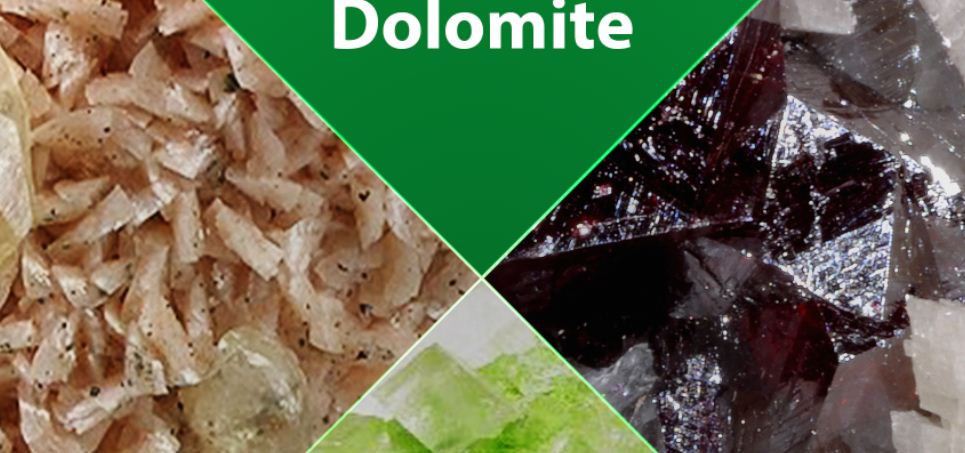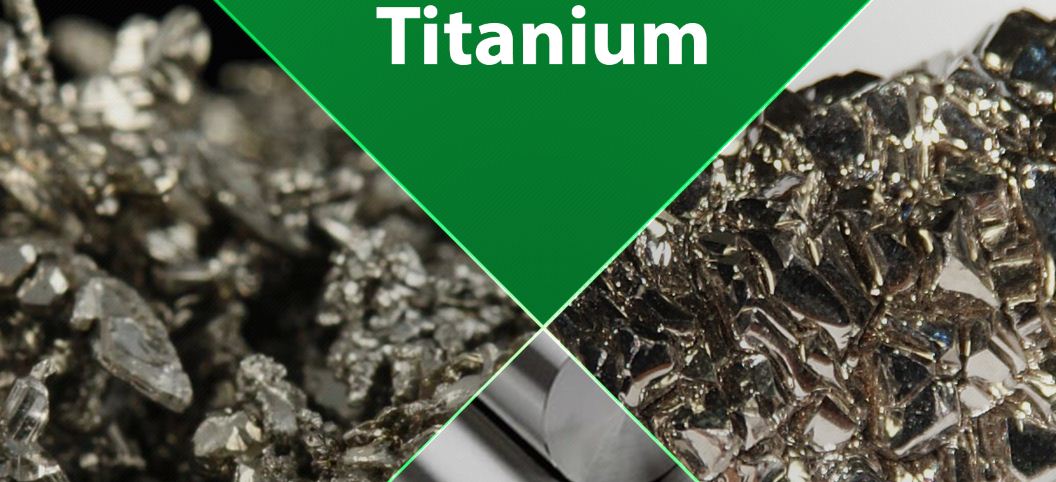Iron Ore (Fe) Minerals Deposits in Nigeria - States, and Uses

Iron ore deposits found in abundance in Nigeria, West Africa with up to 3 billion tonnes are in Nigerian states like Kaduna, Enugu, Kogi, Niger, Kwara, Bauchi, and Zamfara.
Iron ore is an essential rock mineral, which formation came as a result of combined chemical reactions of oxygen and iron in marine and freshwaters.
Iron ore mineral deposit in Nigeria
Nigeria is among the African countries with vast iron ore deposits which can be found in some states in the country.
Itakpe in Kogi State is believed to have the purest deposits of iron ore, and other states where it is deposited include Abia, Anambra, Bauchi, Benue, Kwara, Plateau, and Nasarawa.
The two significant elements of iron ores are rocks and minerals. They have an abundance of iron oxides, making extraction of metallic iron economic from these minerals.
Iron ore mining in Nigeria
Various qualities of iron ores are mined in Nigeria, with the town of Itakpe in Kogi State having the largest and the purest reserve of the mineral.
The iron ore reserves in the area mentioned above in Nigeria are more than 200 million tons.

Iron ore Worldwide
The production of iron ore originated from the United States. According to history, the U.S mines have been producing iron ore in bulks over the years up to date. Among all minerals, iron ore is the most common because some amount of it is deposited everywhere around the world, although the concentration in mass occurs in few countries.
Formation of iron ore
Iron ores deposits in the Earth's crust exit within rocks, which have existed billions of years ago.
Across most of the oceans in the Earth's crust are plentiful irons with mostly zero dissolved oxygen.
Therefore, the formation of iron ore started forming as soon as the first organism that is responsible for photosynthesis releases oxygen into the water.
When the oxygen is released, it mixes with the dissolved iron in the Earth's crust, hence forming magnetite and hematite.
These two essential minerals are the iron oxides which are deposited on the sea base in great quantities to form banded iron formations, rocks, which resulted from a seasonal change in the activity of the organism.
Colours of iron ore
Iron ore comes in different colours, depending on the type. The range of colours that occur in iron ore vary, from bright yellow, or deep purple, white, rusty red to dark grey.
Four types of iron ore
Iron ore contains four main types of iron oxides deposits solely dependent on the mineralogy and geology of the ore deposits, and these include magnetite, titanomagnetite, hematite, and pisolitic ironstone.
The two types of iron ore mainly used in production
Out of these four types, the two most important, and the highest quality minerals deposits are hematite (Fe2O3) and magnetite (Fe3O4).
Ores that contain relatively high quantities of hematite or magnetite (above 60% iron) are, in other words, referred to as "direct shipping ore" or "natural ore."
Which iron ore is best?
Hematite, (Fe2O3) is the best and most sought-after ore amongst all. It's extensive in rocks and soils, hence forming a crystal structure through the rhombohedral lattice system.
This type of iron ore is singled out as the best because it's used in most iron and steel manufacturing, and again the preferred raw material for efficient steelmaking.
Discovery of iron ore; who, how and where
Iron ore was, discovered on the 19th September 1844 by William A. Burton the Marquette Range in Michigan, United States.
The discovery of iron ore came as a result of a mere drip of sod when Burt, the deputy surveyor United States, and his party were carrying out a survey in the Upper Peninsula of Michigan using a solar compass.
During the survey, Burt noticed a change in the direction of the needle on the compass and then asked his party to seek the cause of the disturbance.
On trying to find out what caused the change, ores appeared as outcroppings in large quantity.
The United States accounted for 48 million metric tons of iron ore, particularly in 2019, while Australia led production that same year with 930 million tons, followed by Brazil with 480 million tons.
A brief history of iron ore trade
Iron ore trading is the principal business of the Great Lakes. However, during the early years before the discovery of iron ore, grains and lumber were the premier trade for many decades.
Ore was discovered in 1844, but its trade started gaining influence in the market around 1888.
The trade started as gradually immediately after its discovery. The first ore to leave the Upper Peninsula of Michigan was taken by Philo M. Everett of Jackson, Michigan, which he took in the melted form in 1845 when he visited the area.
Around 1846 – 1850, the trading was so dull and discouraging because there was no means of shipping. Hauling of the minerals was too tedious and expensive.
Then, in September 1853, the first ore shipment involving 152 tons was sent to the Sharon Iron Company in Sharon, Pennsylvania by Cleveland Iron Mining Company.
As means of transportation continued to improve within the 190s, the steamer carriers adapted to the haulage of bulk iron ore cargoes. The shipments of iron ore continued to improve as well, making it easier for freighters to transport traded ores from one continent to another.
As years were counting, ore trading continued to spread across the globe as the means of transportation kept on improving.
The most impressive part of it all was the suddenness of lake transportation, which helped to move tones of iron ore a thousand miles from one country to another.
Up to date Michigan and Minnesota in the United States account for the bulk production of iron ore, this is traded in many countries across the globe most recently.
Today, about 50 countries mine and trade iron ore which has made the trading widespread, such that industries, individual importers, and exporters now sell a spectrum of iron ore products in grades.
Up to one-third of iron ore production from across the globe are now in the international market for trade.
Nigeria is one of the countries that trade iron ore, but the major countries are U.S.A, Japan, Italy, Germany, France and U.K
Japan is the leading importer of iron ore, selling out up around 95% of the required tons. At the same time, Canada, Australia, Brazil, India, and many others are known to be the major exporting countries.
However, among these iron ore exporting, Australia stands as the largest, followed by Brazil, and then, India.
Iron ore minerals and the Earth's crust
Iron by mass, in the Earth's crust, is the fourth most abundant element, it has an Atomic number of 26, Melting point: 1,538 °C, and Boiling point: 2,862 °C.
Iron ore deposits are mostly found in rocks (sedimentary rocks), and iron ores constitute mainly of what is known as rocks minerals, from these mineral rocks the metallic iron deposits can be extracted.
Iron ore price today
The prices for iron ore varies yearly depending on the benchmark market for the commodity.
In recent years, particularly in 2018, global prices for iron ore averaged $93 per ton, which increased to $112.15 per ton in 2019. Then, in March 2020, the prices were $88 per ton.
Iron ore price today in Nigeria market
The real-time market prices for iron ore in Nigeria depend on market shares in global exports and imports.
Market shares in global export of iron ore = ₦130,351.20 Nigerian Naira, which is equivalent to $336.00, USD.
Last year -89.3%
Last 3 year -87.8%
Last 5 year -100.0%
Market shares in the global import of iron ore = ₦ 6,071.42 ($15.65 U.S dollars).
Last year +12619.5%
Last 3 years +809.6%
Last five years +1009.6%
Iron ore buyers and countries buying it
Iron ore has gained global market values such that international dealers from around the world buy it for import, export, and manufacturing purposes.
There are hundreds of thousands of iron ore importers from Australia, Canada, Colombia, etc. Also, there are many traders, distributors, and wholesalers from China, U.S.A., India, and so on.
Listed below are the major countries that buy the highest tons worth of iron ore in recent years, according to their percentage value of imports.
China with 69.1% of imported iron ore
Japan: 7.5% of imported iron ore
South Korea: 4.8%
Germany: 2.7%
Netherlands: 2%
Taiwan: 1.6%
France: 1%
Malaysia: 0.9%
Turkey: 0.8%
United States: 0.6%
Bahrain: 0.6%
Canada: 0.5%
Oman: 0.5%
United Kingdom: 0.5%
Belgium: 0.5%
However, Malaysia, Bahrain, France, and Oman have been the fastest growing market for iron ore since 2015.
Iron ore mining
The method of Iron ore mining varies by the type of ore being mined. These oxides vary in color and are formed from chemical reactions that combined iron and oxygen in marine and freshwaters.
Due to oxygen and iron atoms which are bonded together into molecules forming this ore, it has to be smelted in the blast furnace to remove the oxygen and to convert it to metallic iron. However, the Oxygen-iron bonds are so strong, a more vital elemental link such as carbon is mostly attached to the oxygen at high temperatures.
This is to say that the carbon-oxygen bond is greater than that of the iron-oxygen bond. Therefore, for the iron ore to yield an almost pure form of carbon during the smelting process it must be in a finely grounded form and adequately mixed with coke.
The carbon is then heated with limestone (calcium carbonate) to produce iron from which steel is made from which can either be in the form of molten or pig iron.
Uses of Iron Ore
Iron is the 3rd widely used metal in Africa and the world as a whole, and is;
• The principal use of iron ore lies in iron production, which is used in making steel, and then, the steel can be put into a wide range of several uses.
• The main material in steelmaking for automobiles, ships, beams used in buildings, paper clips, furniture, tools, etc.
• Widely used in blast furnaces to make pig iron.
Conclusion
The deposition and usability of iron ore are unparallel among other known minerals, making it an essential commodity for global trade. Currently, iron ore is in high demand due to population and infrastructure growth in developing countries.
The production of iron ore has gained priority in most of the developed industrialized nations, as the uses continued to be on the tremendous increase.




